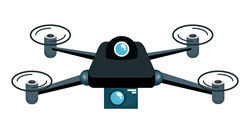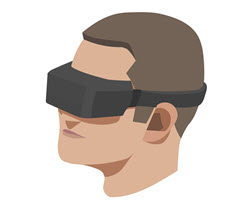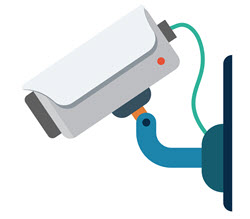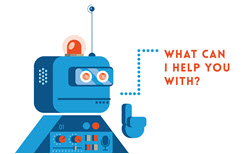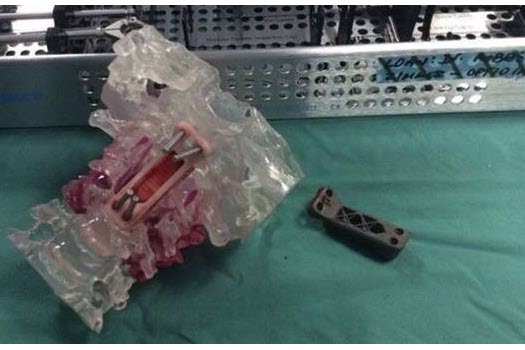5 Key BIM Enhancements Added In 2019
BIM (Building Information Modeling) is a technology for designing buildings as 3D virtual models, where each part of the model contains data about the part. The data includes cost the part, time taken to build it, the quantity of the various materials it is made out of and other such parameters. These parameters are usually not visible on the 3D model but can be accessed in linked tables.
Several new features have been added to BIM platforms (such as Revit, Microstation and ArchiCAD) in 2019.

What’s New in 2019
Increasingly, construction firms are experiencing sharper price competition and need new ways to reduce costs. Planned innovations within BIM technology for 2019 aim to help. By integrating new technologies such as Predictive Analytics, Autonomous Equipment, Virtual Reality, Embedded Sensors and Artificial Intelligence into the BIM model, firms will have an increased competitive edge.
BIM can use the data from these innovations in various ways:
- Early identification and management of issues.
- Prediction of schedules based on plan changes and deviations.
- Creation of safe working environment.
- Visibility of assets and materials.
Specifically, how can incorporating these new technologies improve BIM construction, reduce costs and increase competitiveness?
Predictive Analytics
Predictive Analytics combines a number of data analysis techniques to make predictions about work-flow, safety, plans and budget. Problems and opportunities can be predicted, with innovative solutions being offered. This gives project managers a powerful tool with which to inform project stakeholders and assist in critical project decision making. More accurate predictions and effective decision-making can make a project run smoother; saving time and cost.
Autonomous Equipment
Commonly known as ‘drones’, this can prove to be a cost effective means of inspection and monitoring. Monitoring sites for progress or security reasons can be done remotely rather than deploying personnel to the site. Also, much better to send a drone to the top of an 80 metre pylon than have an engineer climb it for an inspection. The savings in terms of cost, time and risk avoidance seem obvious. There are moves afoot for the adoption of similar technology for driver-less plant machinery.
Virtual Reality (VR)
VR in BIM construction allows for virtual tours of the 3D building model. Stakeholders can ‘walk through’ the building in real time and give instant feedback on spaces, ergonomics and installation layouts. This can be vastly cost and time saving compared to the same exercise in ‘actual reality’. Being able to offer such a service to customers can gain BIM construction firms a huge advantage over their competitors.
Embedded Sensors
Embedded sensors, wearable construction technology, ‘smart’ devices and on-site cameras can be connected to BIM technology to provide data on safety, material performance, work-flow etc. Wearable tech sensors increase safety on sites by providing greater awareness of environmental factors such as temperature differential. Information gathered from these wearable products can be captured by BIM and instantly communicated, making all parties aware of potential hazards.
Artificial Intelligence (AI)
AI is being utilized to speed up the collation and analysis of the huge amount of data coming from these new innovations. Non BIM construction firms may well have the data from some or all of the technologies described above. However, if they do not have the means to collate and analyse it in a timely, cost effective manner, they will drown in the ocean of information they have accessed.
Need BIM Work Done?
Continuing to embrace construction innovations will allow BIM technology to help firms refine their techniques and procedures accordingly.
The Magnum Group has superlative skills in BIM and can work with you through all phases of construction as well as post-handover. To learn more, review our BIM services page.
BIM FAQ
‘BIM’ is an abbreviation for ‘Building Information Modeling.’
Autonomous Equipment, Predictive Analytics, Virtual Reality, Embedded Sensors and Artificial Intelligence.
Historical data is employed to predict project-related quantities and events.
Drones are used to inspect places difficult for a human to reach.
To create walkthroughs of a proposed project for potential investors.
The sensors monitor conditions of a building (e.g., temperature) remotely to ensure a building’s correct operation.
To collate and analyze the flood of data produced by a building.


